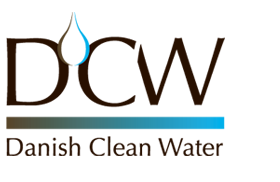The bacteria’s worst form is known as Legionnaires’ disease and this poses a real threat to society, particularly to the elderly and those with compromised immune systems, though anyone can catch it. People at a higher risk of catching and not recovering well from Legionnaires’ disease include the following:
- People over 45 years of age (the risk increases with age)
- Smokers and heavy drinkers
- People suffering from chronic respiratory diseases
- People suffering from kidney disease
- People suffering from diabetes, lung and heart disease
- Anyone with an impaired immune system
Due to patients with pre-existing illnesses having a higher risk of catching Legionella, preventative measures against the bacteria have a high priority in hospitals, retirement and nursing homes, and other such institutions. At present, around one in ten people who contract Legionnaires’ disease will die, however, it’s believed that people are not capable of spreading the disease from person to person, though this could be possible under rare circumstances.
*”What is Legionnaires’ disease? – HSE.” 12 Aug. 2014, https://www.hse.gov.uk/legionnaires/what-is.htm. Accessed 30 Mar. 2020.
*”Active Bacterial Core Surveillance for Legionellosis — United ….” 30 Oct. 2015, https://www.cdc.gov/mmwr/preview/mmwrhtml/mm6442a2.htm. Accessed 30 Mar. 2020.
*”Legionnaires Disease, Pontiac Fever Fast Facts | CDC.” https://www.cdc.gov/legionella/fastfacts.html. Accessed 30 Mar. 2020.




